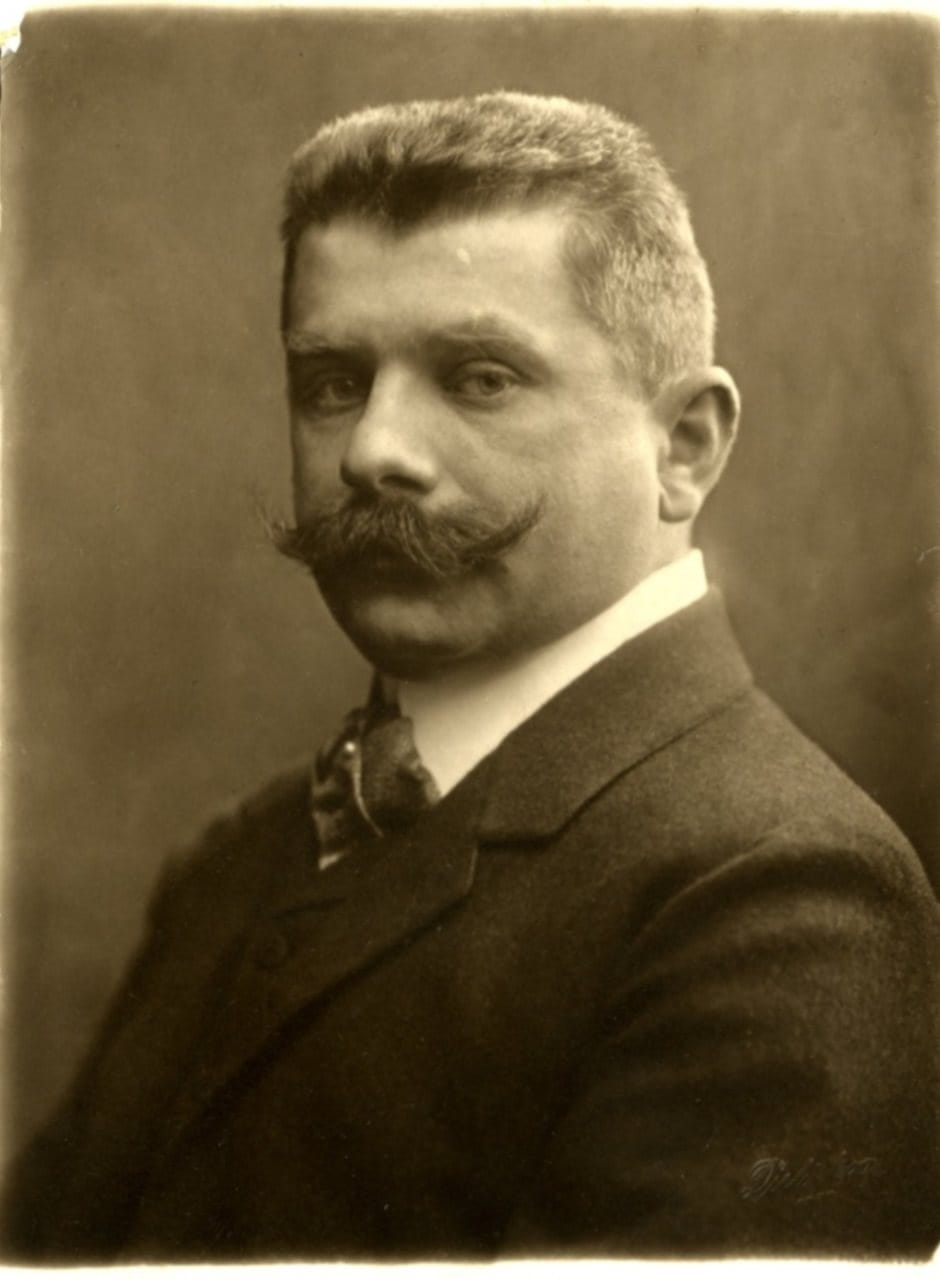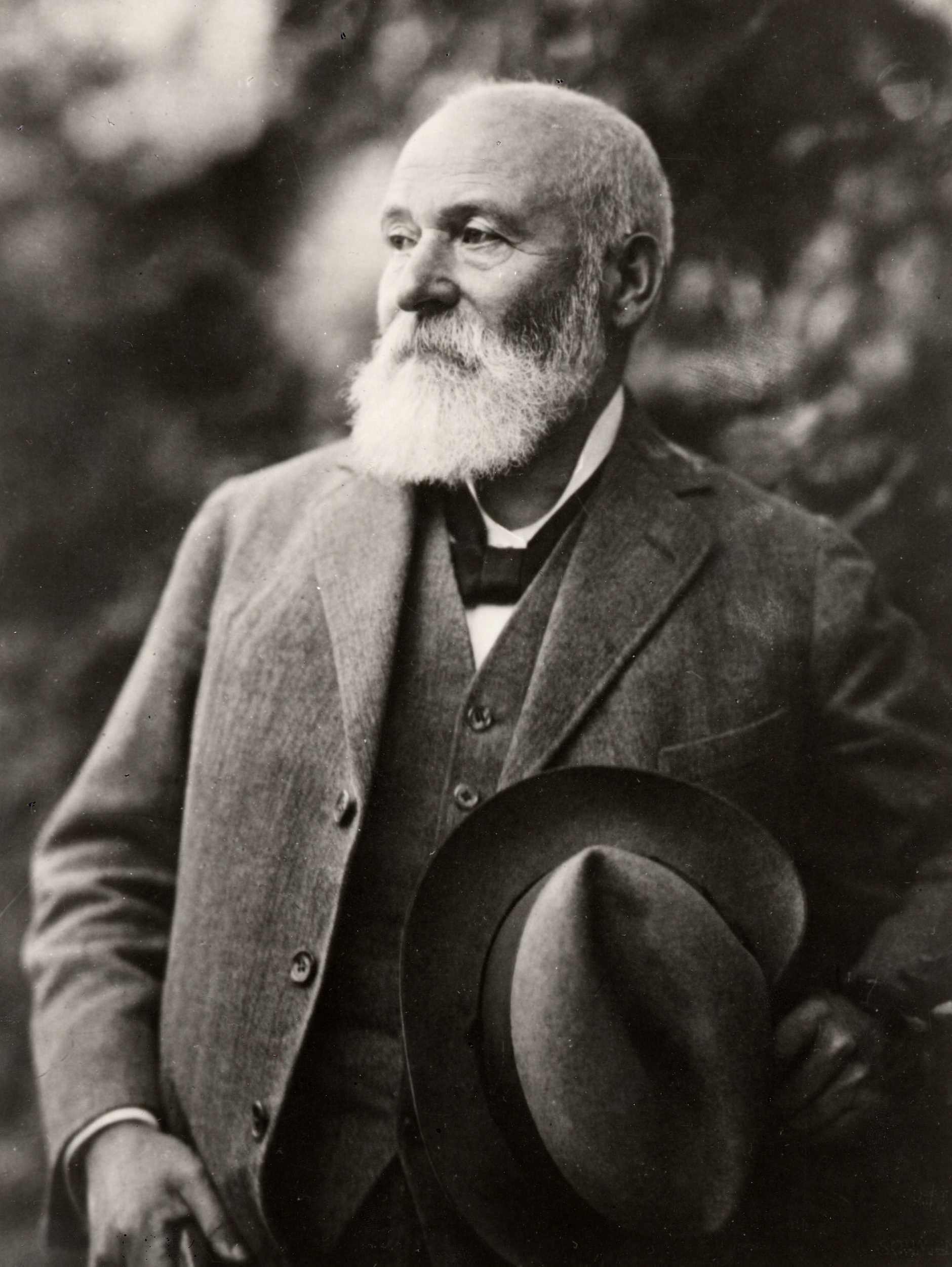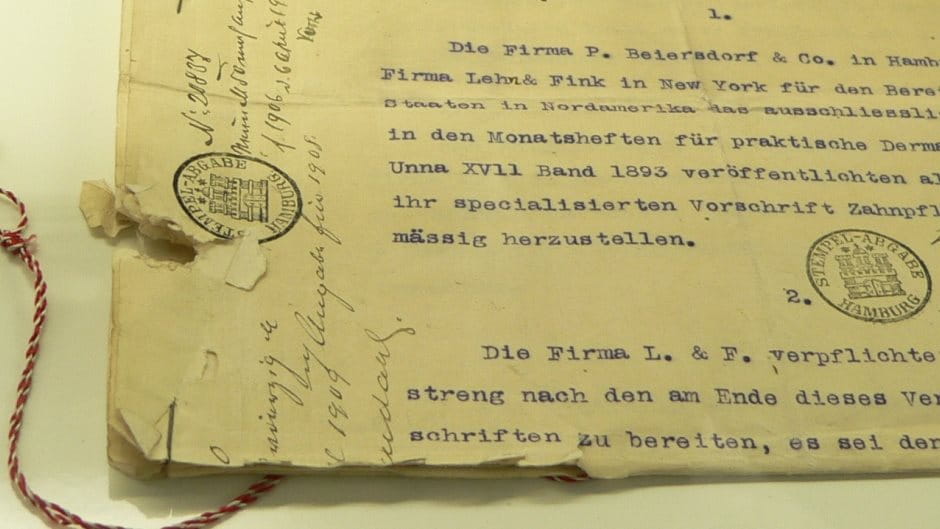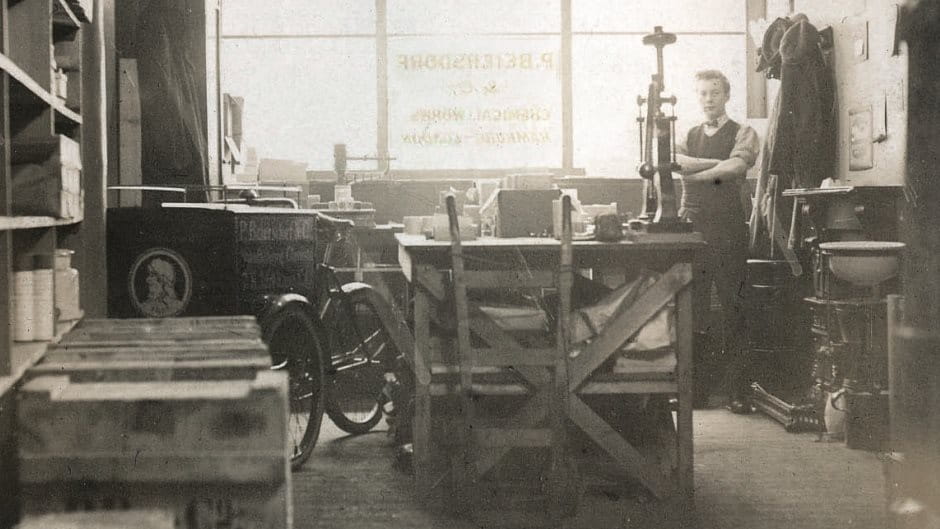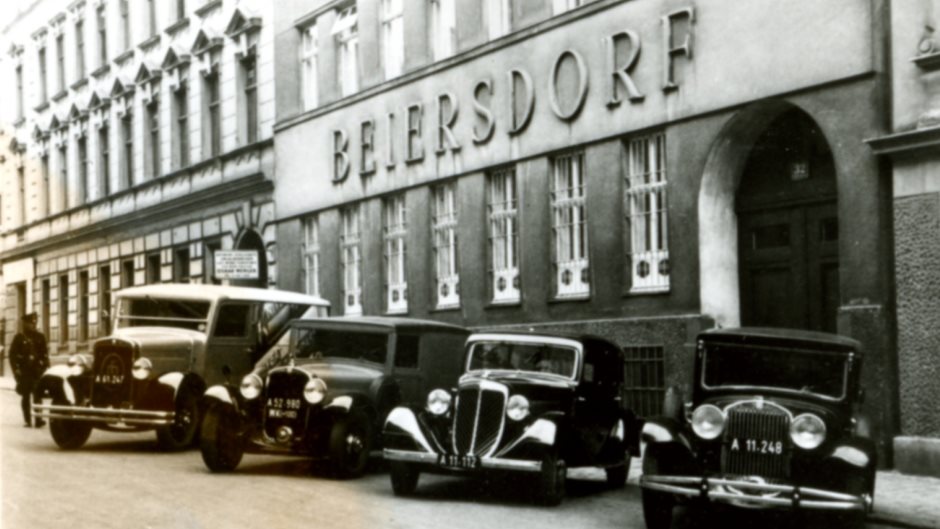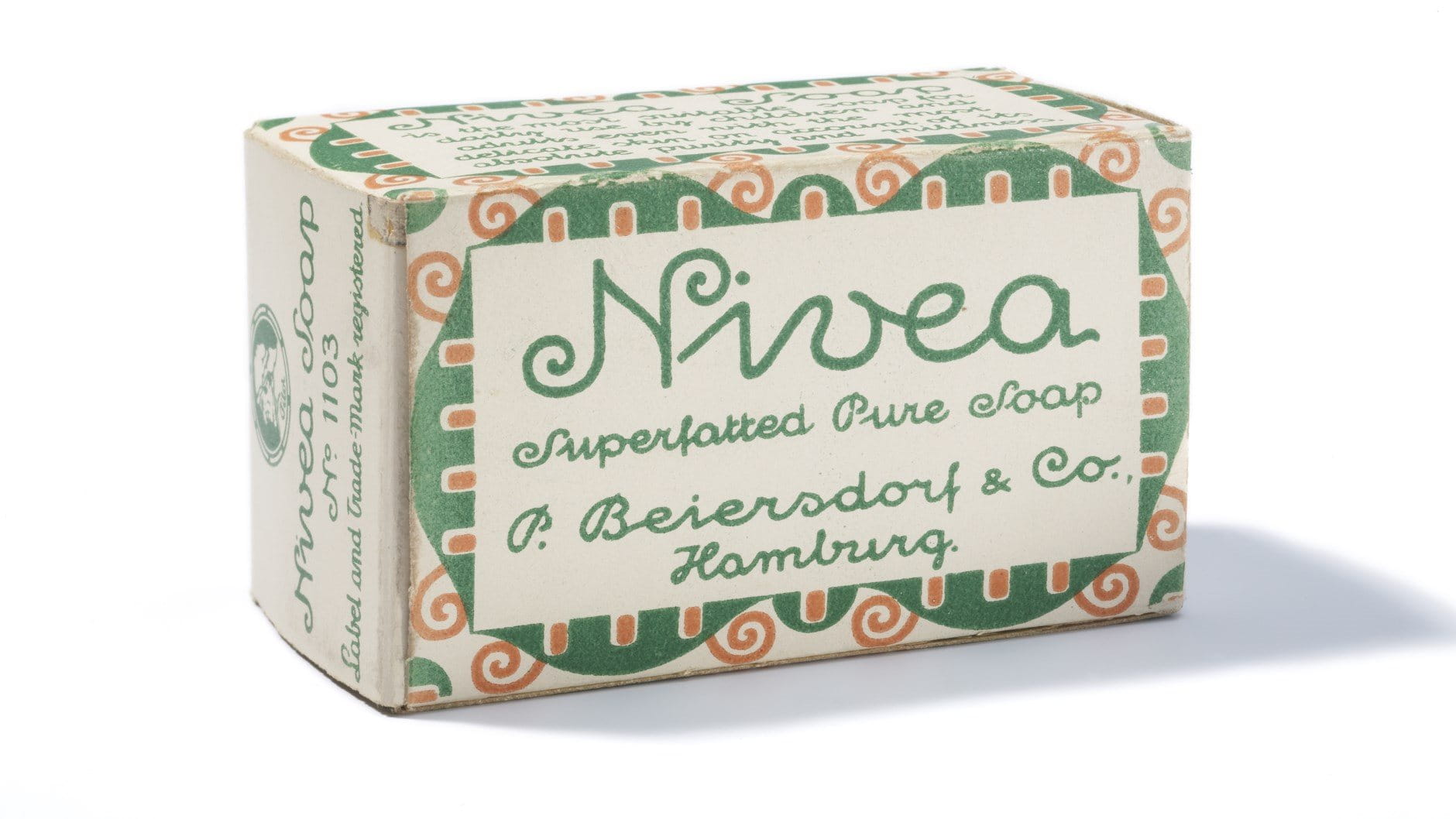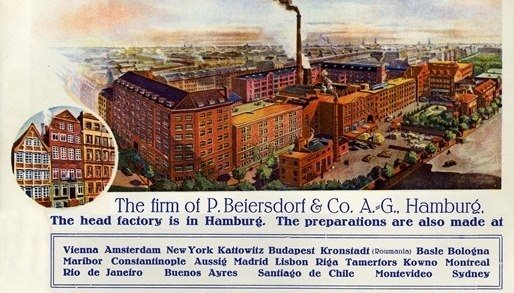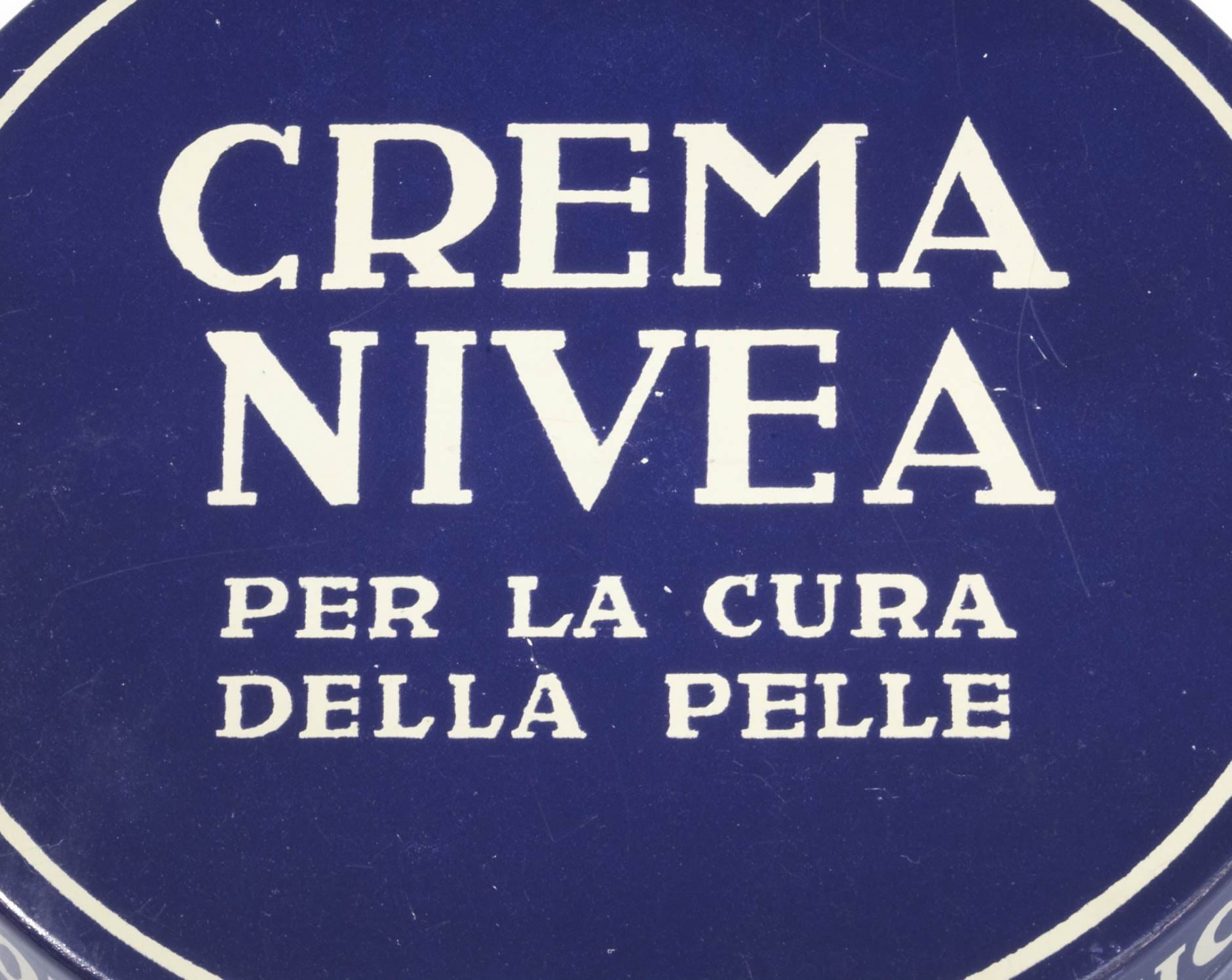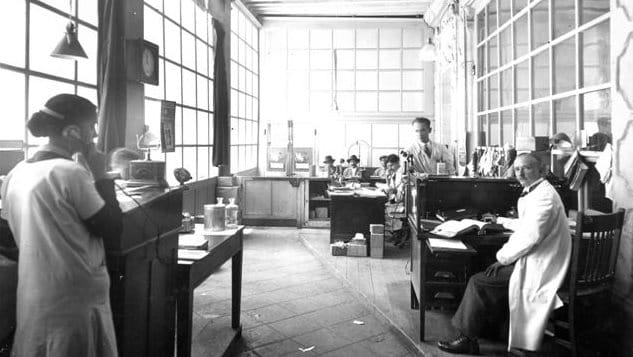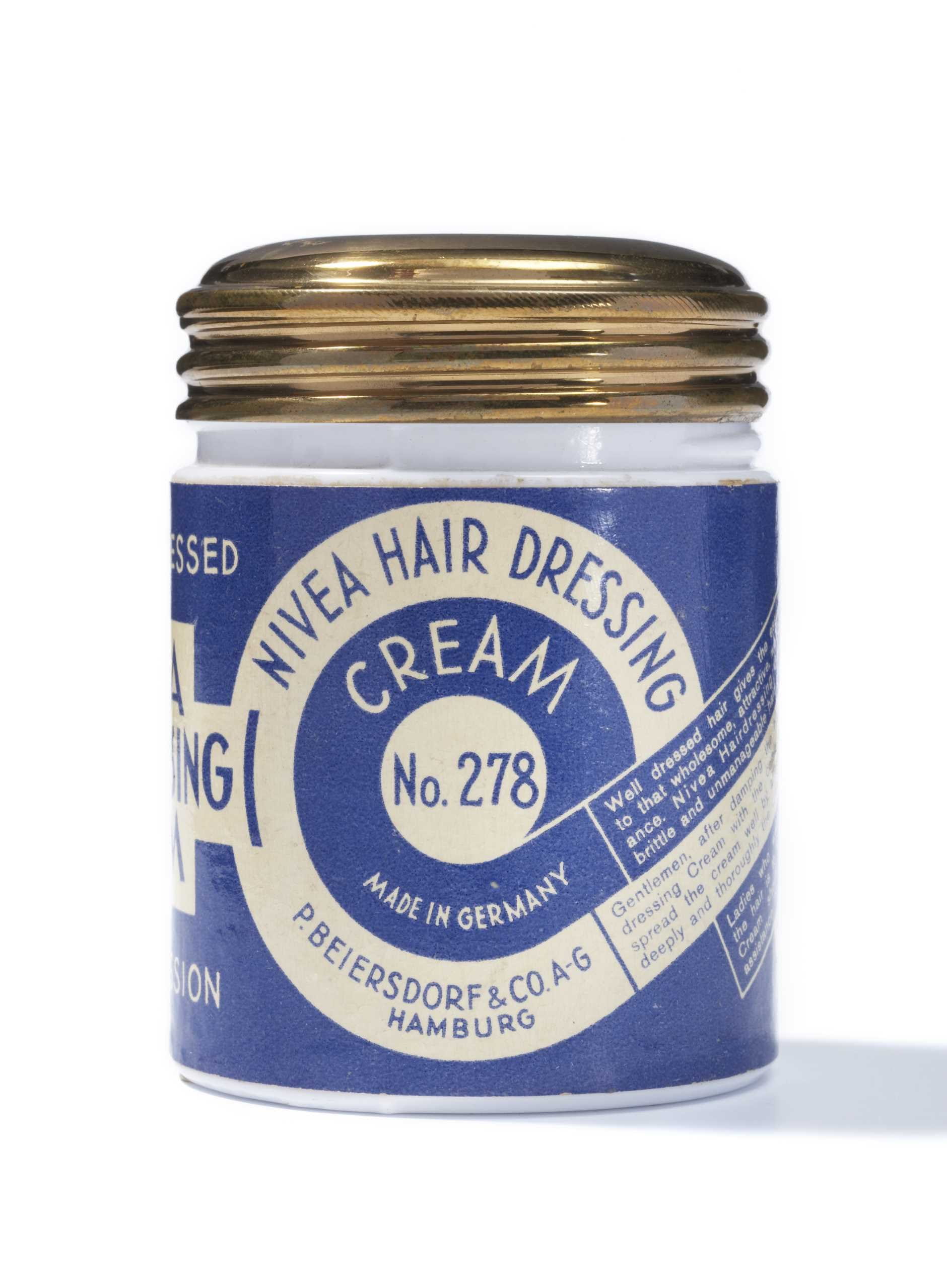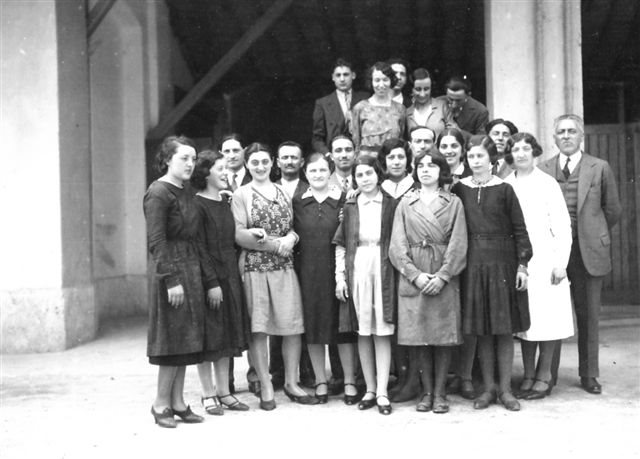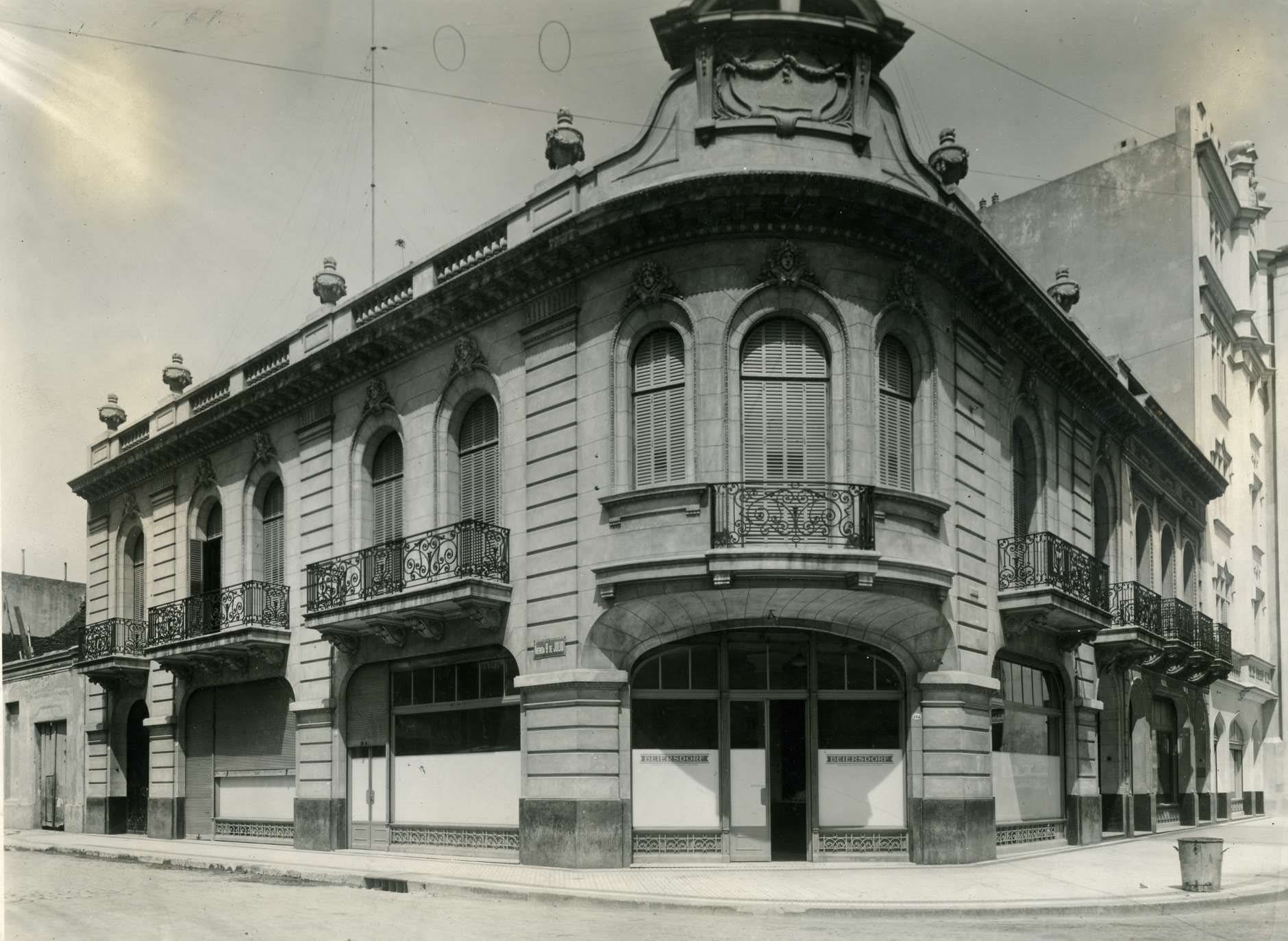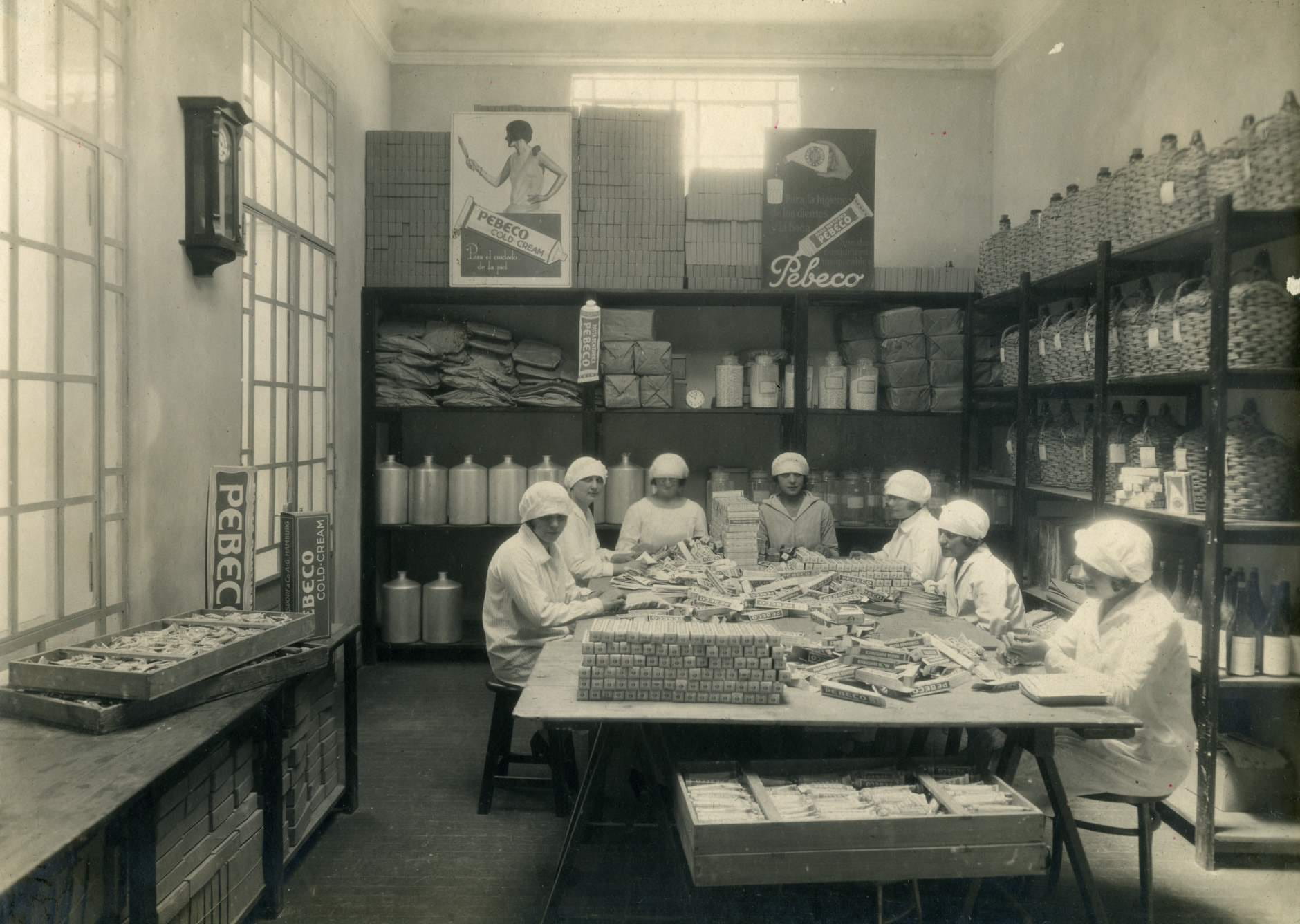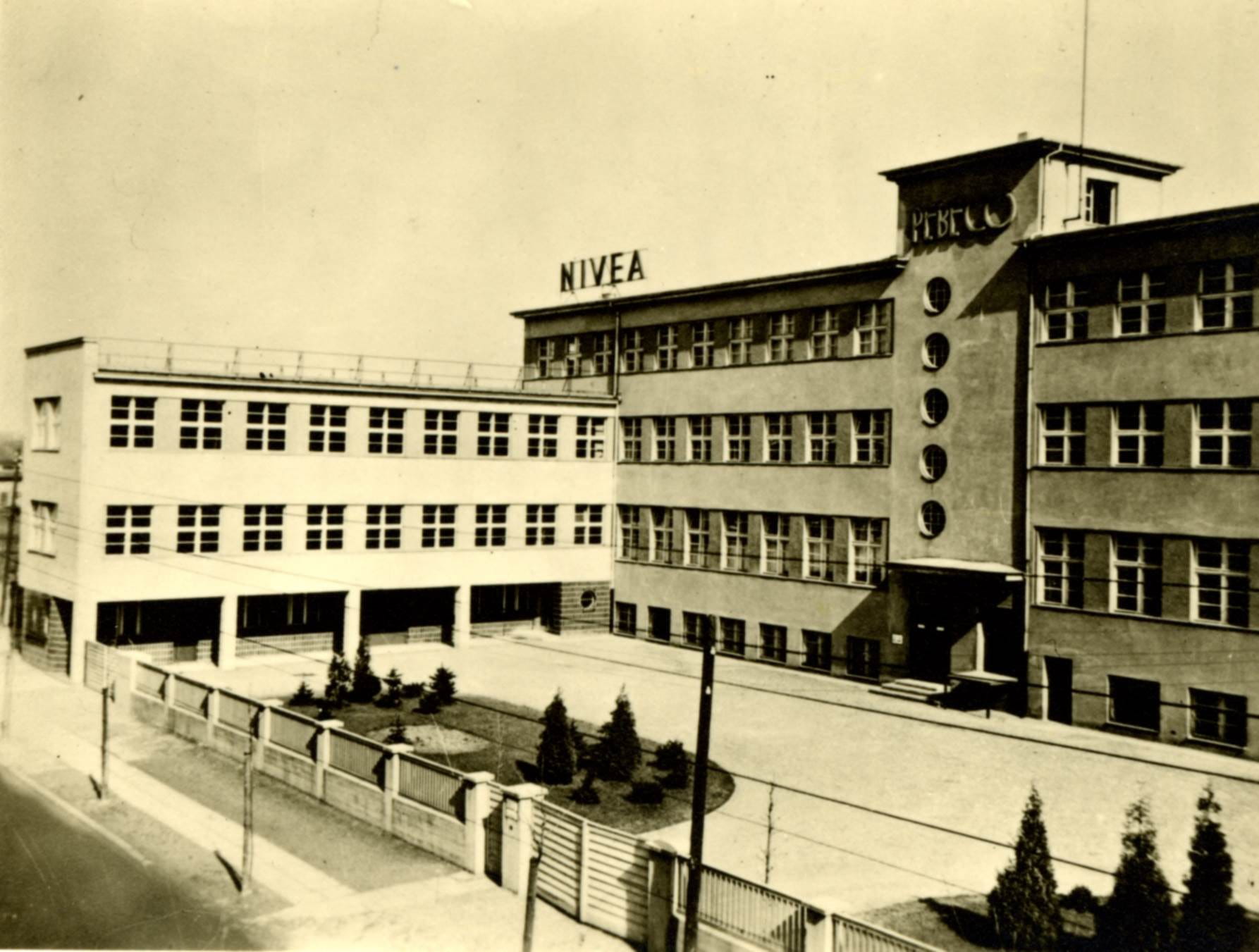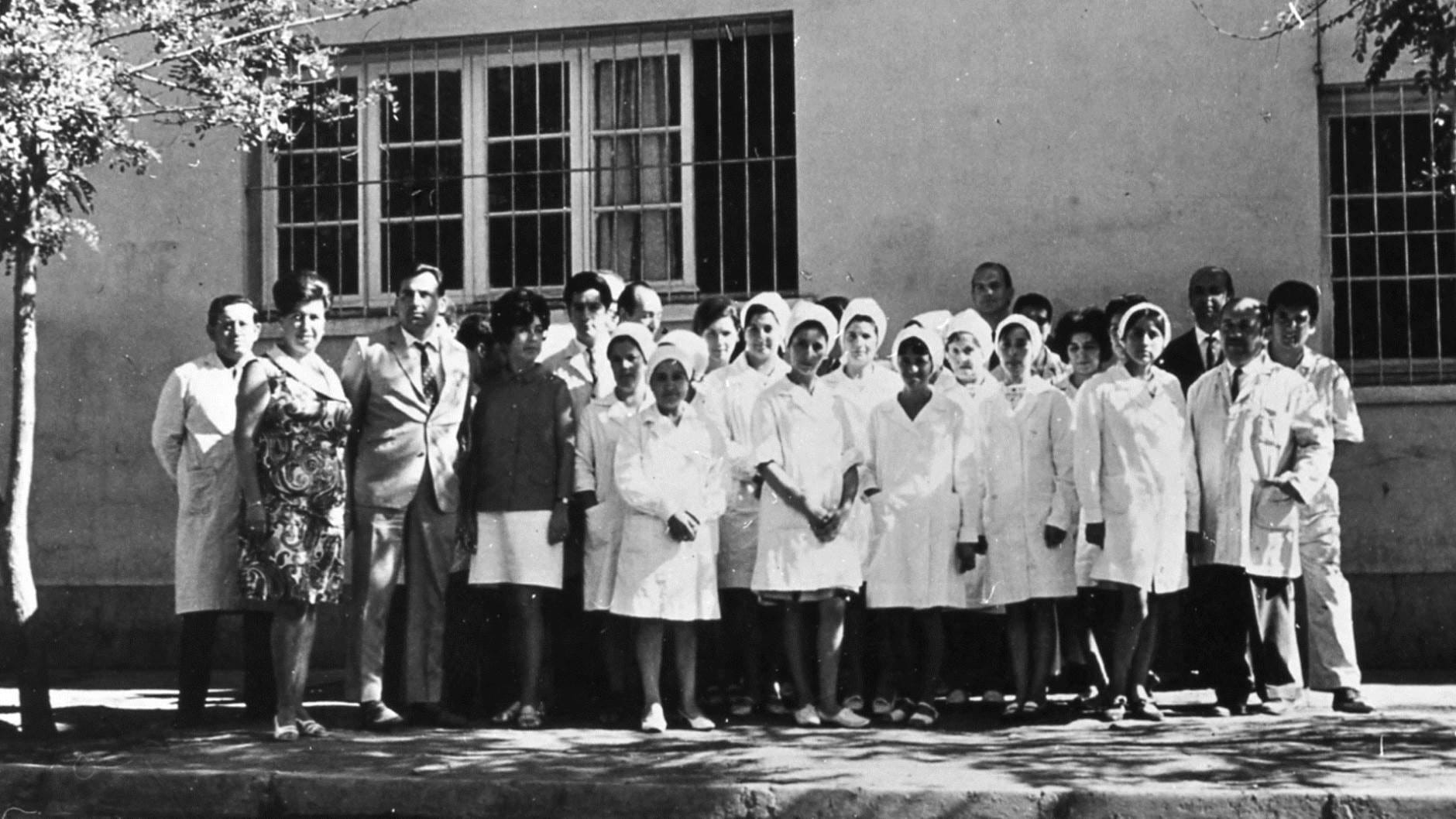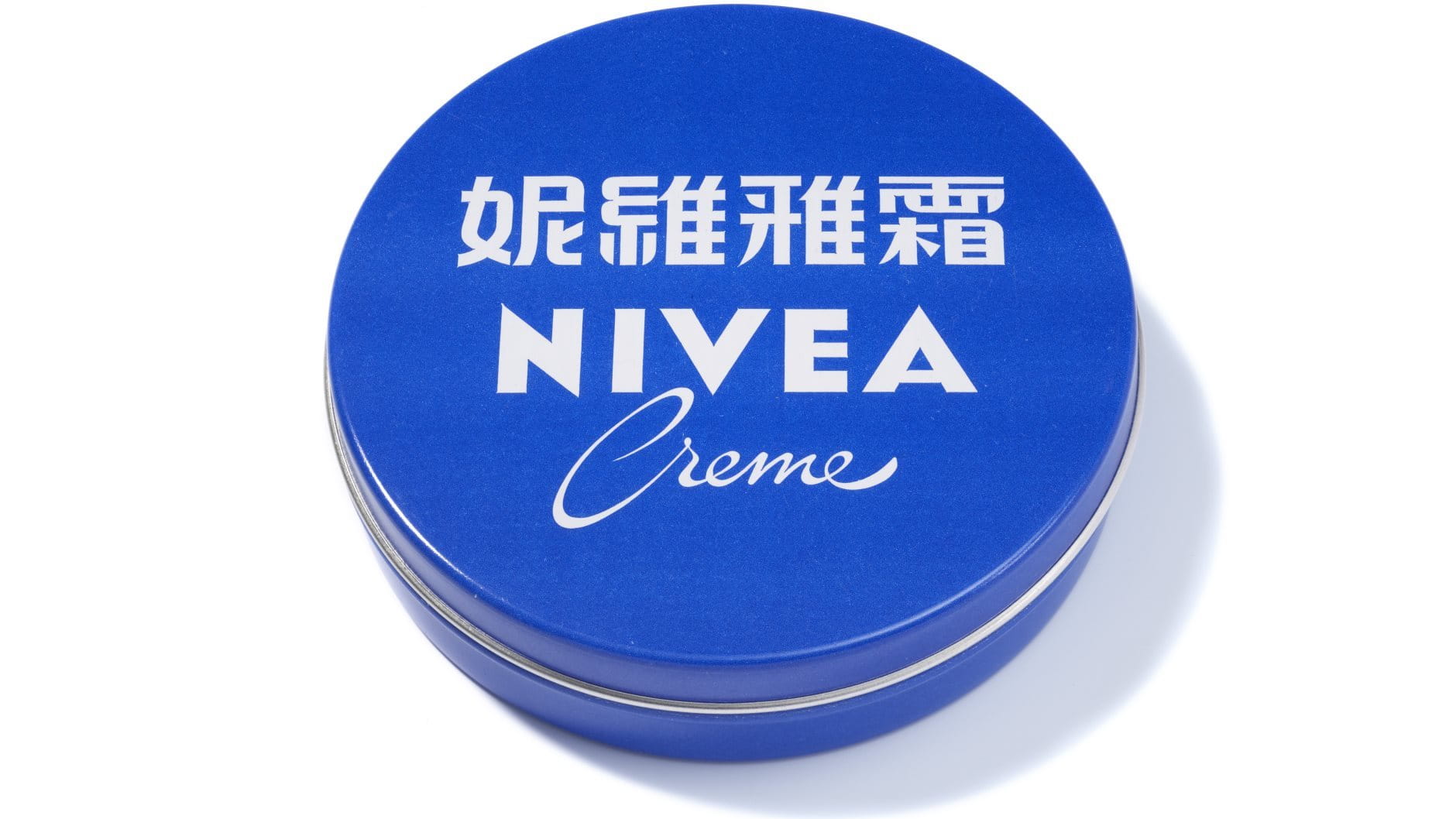Beiersdorf had already achieved a certain international name recognition even before the young pharmacist Dr. Oscar Troplowitz purchased Paul C. Beiersdorf’s laboratory in 1890. Numerous doctors and pharmacists from around the world became aware of Beiersdorf's products thanks to the scientific works published by Prof. Paul Gerson Unna, who had worked with Beiersdorf ever since the Company was founded. Orders arrived and were dealt with individually by Paul C. Beiersdorf and his eight employees.
Once Dr. Troplowitz took control, the international orientation changed fundamentally. Troplowitz quickly recognized the potential of the Beiersdorf brands at an international level and systematized the Company's foreign business. For example, he signed a first contract in 1893 with the American trading company Lehn & Fink.
In the course of the next 20 years, Troplowitz founded representative offices and affiliates on all continents of the world. These brought Beiersdorf's branded products to international customers.34 representative offices had been founded by the beginning of the First World War and two affiliates registered in the United Kingdom and Austria.
New cosmetics brands such as NIVEA and Labello, as well as the
plaster brands Hansaplast and Leukoplast were a driver for international
business in the 1920s and 1930s. One result of this development was the
significant expansion of production capacity.
In 1930, there were
Beiersdorf production plants in 23 countries around the world. A company
brochure from 1929 stated that representative offices could be found in
"nearly every civilised country of the world".All Beiersdorf
products sold on the international market had packaging in the local
language, most of which was produced in the printing plant in Hamburg
and then shipped around the world.
By the beginning of the Second World War, a network of international companies had been created around the world. After the war, almost all of these companies were seized as enemy property and the NIVEA trademarks were sold in the individual countries – a serious blow for Beiersdorf's international business.
Along with its efforts to rebuild its business, Beiersdorf tried to recover its trademarks in each individual country concerned. In many cases, this was achieved by reacquiring interests in former subsidiaries. The overview shows when the rights were repurchased in which countries:

